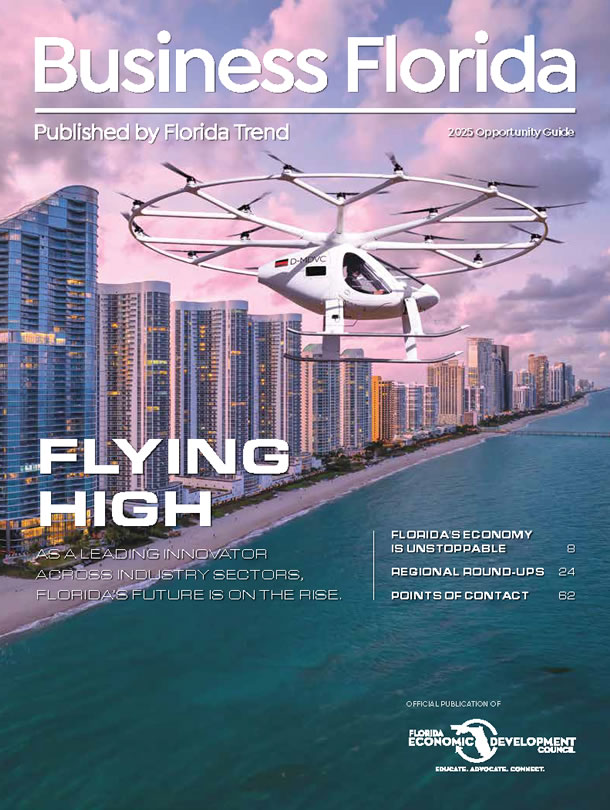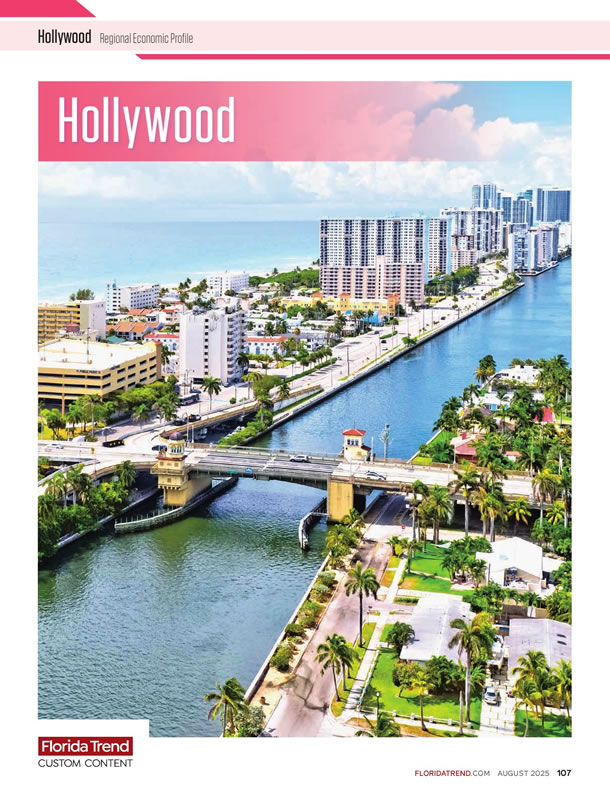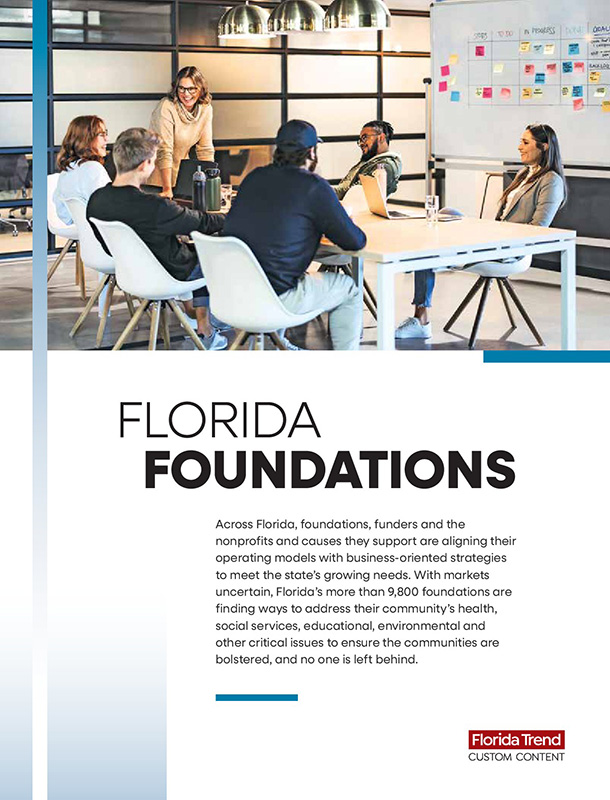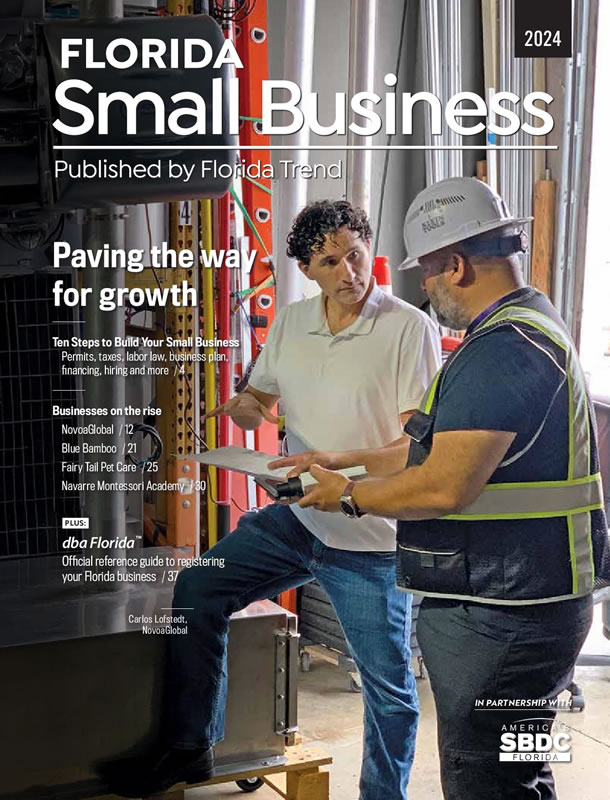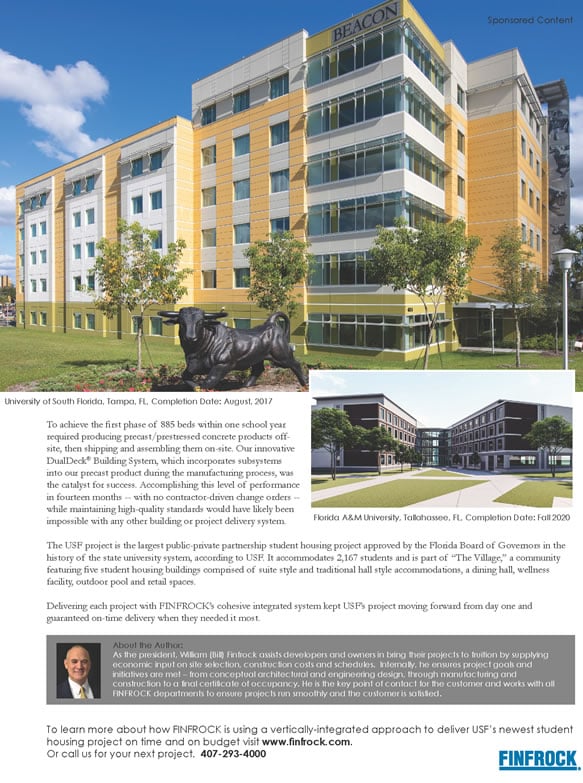By using seawater and aggregates that contain salt, as well as replacing steel bars with a non-corrosive composite made of glass fiber, University of Miami College of Engineering researchers have developed a new type of concrete. The glass composite is lighter and stronger than steel bars and, unlike steel, doesn’t corrode when exposed to salt. That should make it better for use in, for instance, bridges in Florida. In addition, using seawater instead of freshwater to make the concrete has the potential to save billions of gallons of drinking water each year (researchers estimate that 180 billion gallons of freshwater go into concrete annually). The Florida Department of Transportation is using the concrete, called Seacon, to build the Halls River Bridge in Homosassa, on the state’s west coast. Although Seacon costs as much as 15% more than traditional concrete, FDOT suspects the higher upfront cost may be offset by lower long-term maintenance costs. But the glass composite is the real star in this concrete: Using it means that any kind of water can be used to make the concrete, which can be recycled without fear of salt contamination. In addition, sand (a crucial component in concrete) doesn’t have to be rinsed to make sure it’s salt-free.
Green Awareness
Miami-Dade’s Building Efficiency 305 initiative aims to make large public and private buildings more energy- and water-efficient. Part of the county’s Office of Resilience, the program is phasing in requirements that all buildings of more than 20,000 square feet report and publicly share their energy and water use data. The county is encouraging property managers and developers to undergo training in green building maintenance so they can improve on those reported numbers. Miami-Dade is one of 20 communities around the U.S. working with the national initiative.
Read more in Florida Trend's November issue.
Select from the following options:
* offer valid for new subscribers only







